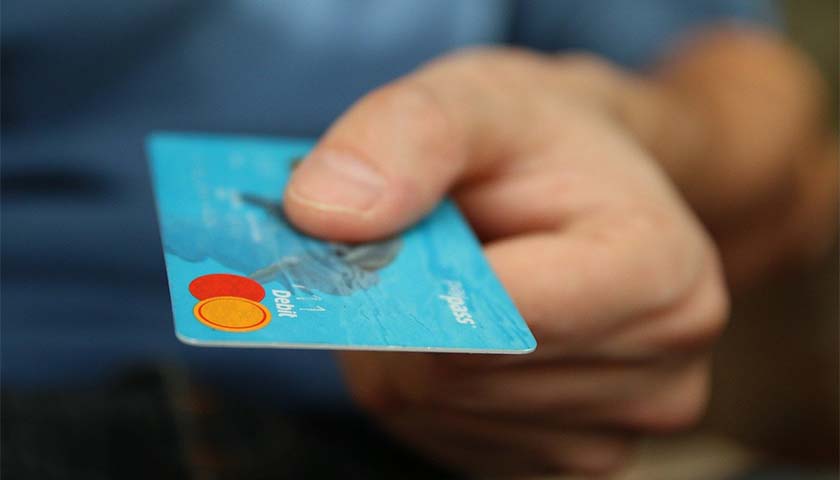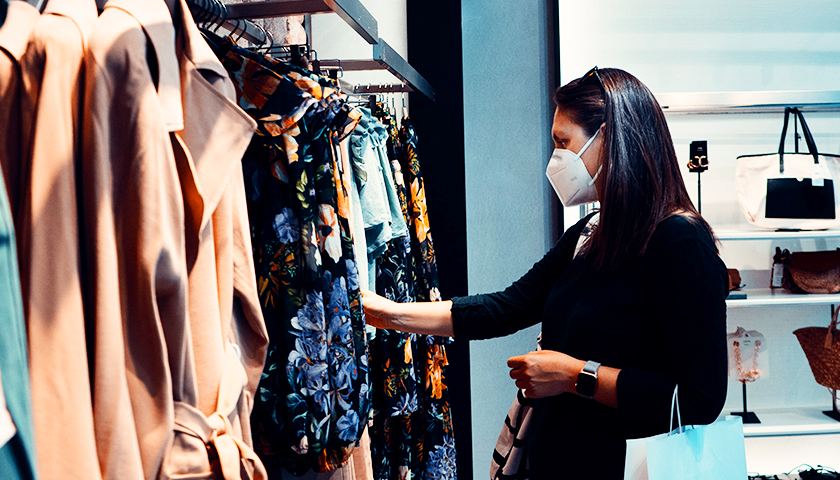Growth in consumer spending fell to the lowest point since March as Americans’ savings fall from the all-time highs seen during the COVID-19 pandemic, according to the Bureau of Economic Analysis (BEA).
Consumer spending, measured by the personal consumption expenditure (PCE), increased by $41.2 billion in the month of October, an increase of 0.2%, less than the 0.7% increase that was seen in September as Americans cut back, accordingto the BEA. The cooling in spending follows a huge decline in the amount of savings Americans collectively hold, falling from over $1 trillion in May to $768.6 billion in October, far from the all-time high of almost $6 trillion in April 2020, according to the Federal Reserve Bank of St. Louis.
Read More






